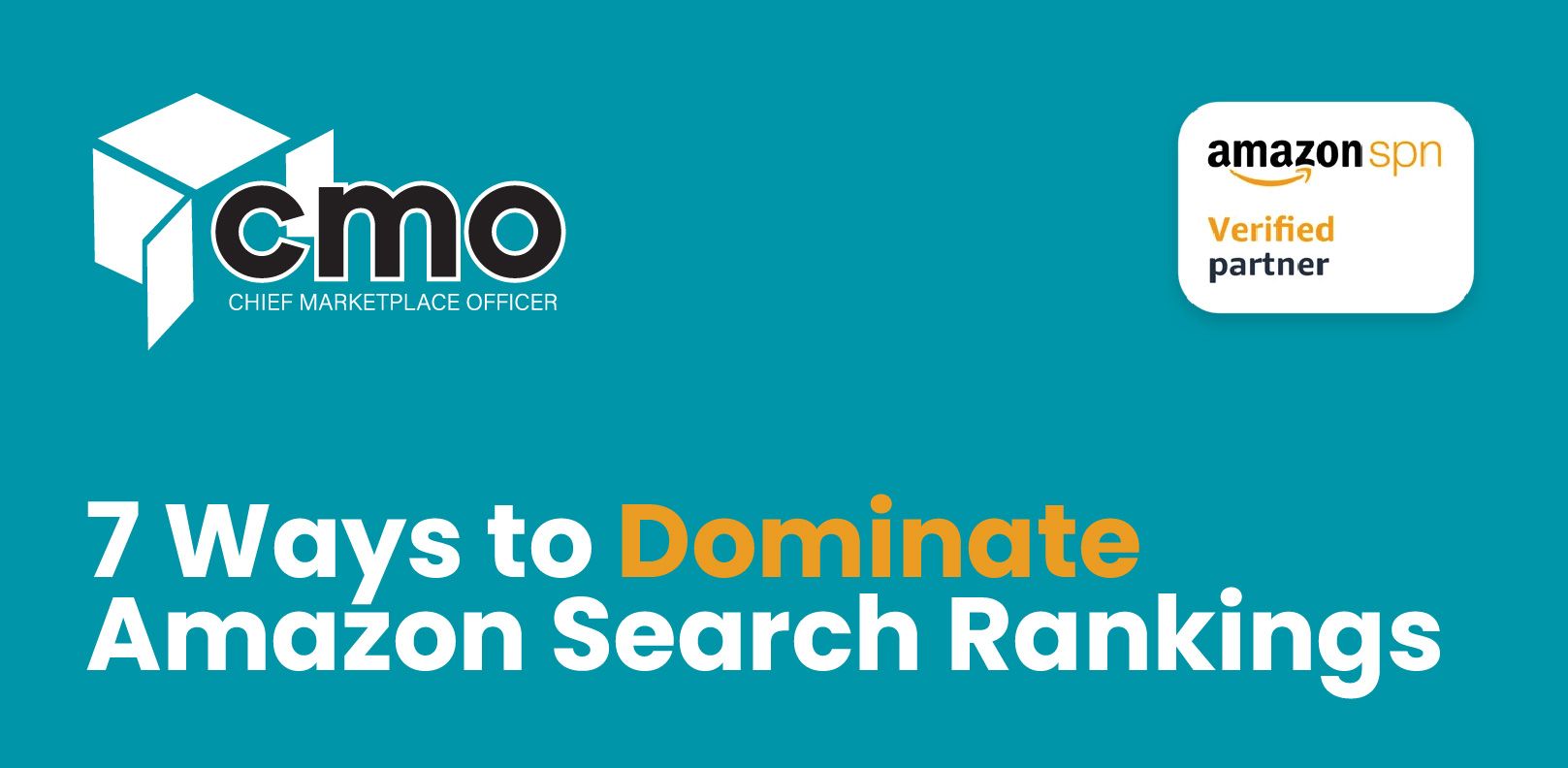Amazon Transparency: A Crystal Clear Layer of Protection for Your Brand’s Integrity
In his mission to safeguard his brand’s integrity in Amazon’s bustling marketplace, John Mark took a crucial step: enrolling in Amazon’s Brand Registry. With this strategic move, he effectively minimized unauthorized resellers, reclaiming control over his hard-earned brand. But, this was merely the beginning of his journey towards preserving brand integrity.
As he delved deeper into the realm of brand protection, John Mark stumbled upon a game-changing discovery: Amazon’s Transparency Program. A chance encounter with a fellow brand owner enlightened him about this innovative initiative, sparking his curiosity to explore its potential further.
In this article, we will take you through the process of getting your brand enrolled in Amazon’s Transparency Program. Discover the transformative power of this cutting-edge program as we delve into its remarkable benefits for your business.
What is Amazon’s Transparency Program?
It is a unique serialization service by Amazon that assigns individual codes to each unit. It enables both Amazon and its customers to verify the product’s authenticity before they are even shipped out. In essence, it empowers brands to safeguard their integrity and consumers to shop with confidence, knowing that what they are getting is the real deal every time.
How to Enroll in the Program?
Eligibility Check
Before proceeding to the enrollment process, check if your brand meets Amazon’s eligibility criteria for the Transparency Program. Generally, brands must be registered with the Amazon Brand Registry and hold trademarks for their products in the countries where they intend to enroll.
So if you haven’t registered your brand with the Brand Registry, best that you do this first. Brand Registry provides access to tools and features designed to protect intellectual property and enhance brand presence on Amazon. We can assist you in this step just contact us here or
book a zoom call.
Sign up for Transparency
Once you have successfully registered your brand with the Brand Registry, navigate to the ‘Contact Transparency’ section in your Seller Central Account. Follow the prompts to start applying to the Transparency Program. You will need to provide information about your brand and contact information.
Verification and Approval
Once you have completed your application, Amazon will review the provided information to verify your eligibility and compliance with program requirements. This may take some time, so be very patient. Once your application is approved, the Transparency team will send you a notification and instructions on how to proceed.
Register your Products
Once approved, you will need to start registering the products you want to enroll in the Transparency Program. Not all products are eligible for transparency so it’s best to check with Amazon on this. Also, bear in mind that this program comes with a cost so it is better to study which of your products goes into the program.
Product Serialization
After you have registered your products, the next step would be to serialize your products. You may start requesting unique Transparency codes from Amazon and apply them to each of the products. Ensure that the transparency code label is applied to the corresponding products during the manufacturing or packaging process.
How Does it Work?
This cutting-edge measure works in two effective ways. One, it prevents resellers from shipping counterfeit products. Products are scanned by Amazon and if the barcode labels don’t match the ones in their system, that product is flagged and investigated for possible counterfeit. Two, customers can download the Amazon App or Transparency App to scan the barcode labels of products they purchased to verify the authenticity of their orders.
What Do You Gain?
Fights Counterfeiting
Transparency ensures that only authentic products sourced from legitimate manufacturers get into the market. It is also a deterrent for unauthorized resellers, as they are likely to sell counterfeit or unauthorized products that can easily be identified and verified by customers.
Enhanced Brand Trust and Reputation
Transparency provides a way for consumers to verify the authenticity of products, fostering trust in brands that participate in the program. It helps business owners protect their brand reputation by ensuring that customers receive genuine products, reducing the risk of negative reviews or experiences due to counterfeit products.
Increased Sales
When consumers can verify the authenticity of products, they are more likely to trust the brand and make purchases with confidence. Increased trust can lead to higher conversion rates and repeat purchases, and ultimately drive up sales. It also helps minimize the likelihood of returns and refunds due to dissatisfaction with counterfeit items. By reducing the proliferation of bad actors and unauthorized resellers, brand owners can protect their market share and maintain sales revenue.
In conclusion, Amazon's Transparency is a crystal clear layer of trust and integrity for protecting brand reputation. By empowering brands to authenticate their products and providing consumers with the assurance of authenticity, Transparency fosters a marketplace of trust, transparency, and reliability. Transparency offers advantages to both the brand and the customer, from combatting counterfeits and safeguarding brand integrity to elevating the overall shopping experience.
Feeling overwhelmed by the enrollment process for the Transparency program but eager to get your brand on board? Don’t worry we got you covered. Our team of experts is just a click away if you need any assistance.
Contact us here or
book a zoom call.
Here at
Chief Marketplace Officer, we help brands like yours succeed on Amazon so you can focus on developing your products to grow your business.


